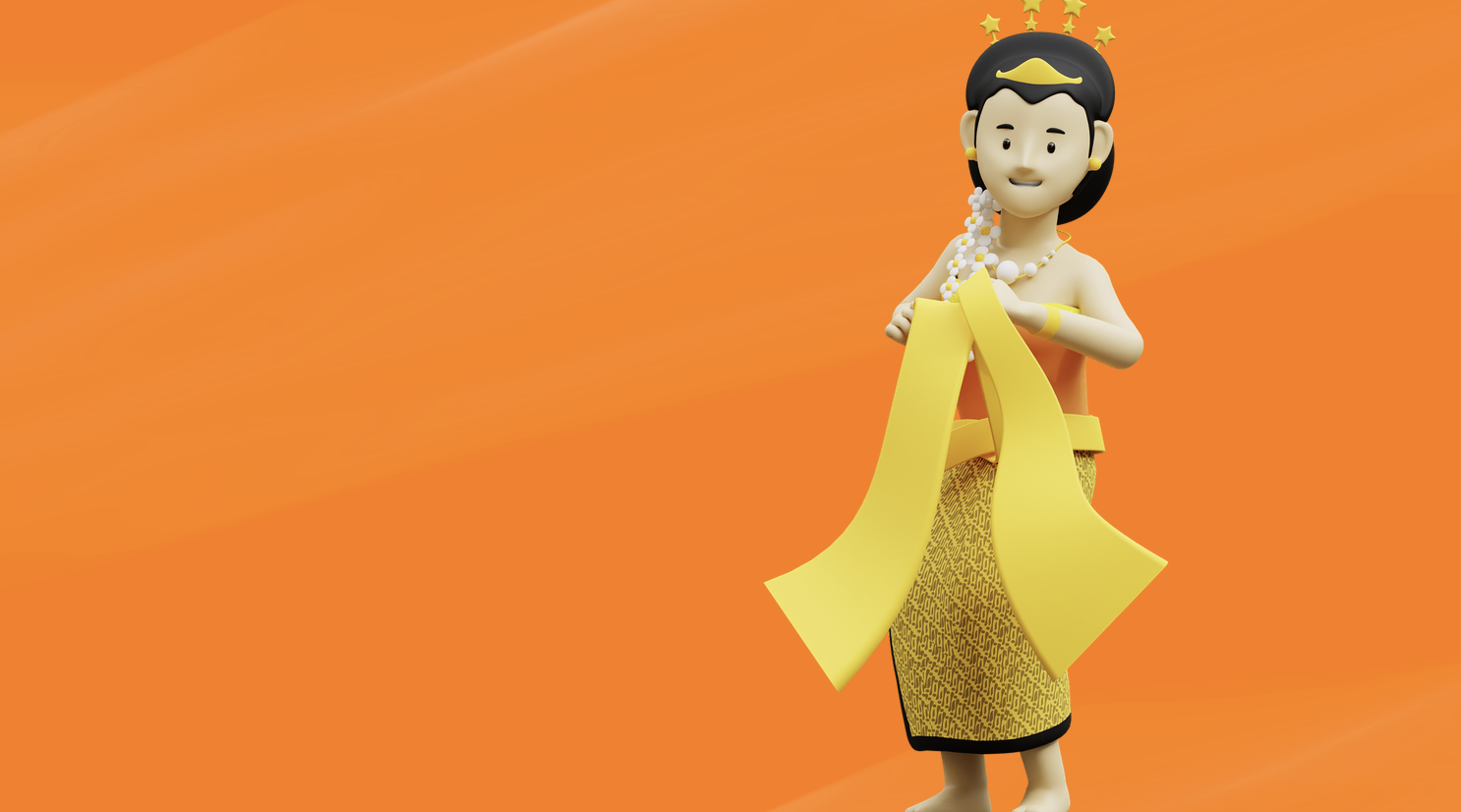Harmony Day: the promise and the pitfalls
Share
Harmony Day, celebrated on March 21, promotes inclusivity, respect, and a sense of belonging within Australia’s multicultural society. It is a time to recognize and appreciate the diverse cultural backgrounds that shape the nation, fostering unity and understanding in schools, workplaces, and communities. The message ‘Everyone Belongs’ encourages Australians to embrace cultural diversity.
However, despite its positive intentions, Harmony Day is not without its challenges. One major concern is that it can sometimes oversimplify complex issues like racism and inequality. By focusing primarily on celebration, it risks overlooking the systemic barriers faced by marginalized groups, particularly First Nations peoples and newly arrived migrants. Without deeper discussions on discrimination, Harmony Day may promote a feel-good message rather than drive real change.
The United Nations (UN) International Day for the Elimination of Racial Discrimination
Another important issue is its alignment with the United Nations (UN) International Day for the Elimination of Racial Discrimination, which is often overlooked. While the UN observance emphasizes the ongoing fight against racism, Australia’s version of the day tends to highlight multicultural festivities. This focus on celebration can sometimes miss the opportunity for critical reflection on racial injustice, as shown in the following two-minute video.’
As educators, our challenge is to balance celebration with education. Harmony Day presents a valuable opportunity to spark meaningful discussions about diversity, privilege, and inclusion —rather than limiting activities to wearing orange or sharing cultural foods. To go beyond token gestures, schools can integrate diverse perspectives throughout the year, using Harmony Day as a springboard for ongoing conversations about equity and justice.
Additional Resources
Student Activities
- Our FREE online resources include lessons on experiences of discrimination. The primary lesson, ‘Feeling Excluded‘, explores the impact of exclusion, while the secondary module, ‘Difference and Discrimination‘, examines bias and inequality.
Professional Learning
- Our FREE online module, ‘Cohesion in Diversity: Transforming Curriculum‘, includes a section with practical advice on moving beyond tokenism in Harmony Day programs.
- Together For Humanity staff recorded a panel discussion about Harmony Day and the International Day for the Elimination of Racial Discrimination, including why it’s important to have open and honest dialogue about racism, and how Together For Humanity can support schools.
Further Exploration
- ‘It’s Harmony Week, But Let’s Discuss What It’s Really About: Racism’ (2022) – Erwin Renaldi, ABC News Online
- ‘The Truth About Harmony Day’ (2023) – Luke Pearson, Co-founder and CEO of IndigenousX
- ‘What’s the Harm in Harmony Day?’ (2023) – Dr. Elaine Laforteza, Centre for Social Justice and Inclusion, University of Technology Sydney
About the Author
Kathleen (she/her) is a former primary school teacher. Her family came to Australia from Scotland and Ireland in the late 1800s. She was born on Mandandanji country in Roma and now lives and works on Kabi Kabi country on the Sunshine Coast, Queensland.
Copyright
Metadata © Together for Humanity (except where otherwise indicated). Digital content © Together for Humanity (except where otherwise indicated). Video © Together for Humanity (except where otherwise indicated). All images copyright their respective owners. Text © Together for Humanity is licensed under a Creative Commons Attribution-ShareAlike 4.0 International License (CC BY-SA 4.0).
Copyright
Metadata © Together for Humanity (except where otherwise indicated). Digital content © Together for Humanity (except where otherwise indicated). Video © Together for Humanity (except where otherwise indicated). All images copyright their respective owners. Text © Together for Humanity is licensed under a Creative Commons Attribution-ShareAlike 4.0 International License (CC BY-SA 4.0).
- Stage: All
- Curriculum: All
- Topics: Cultural diversity; Racism;

